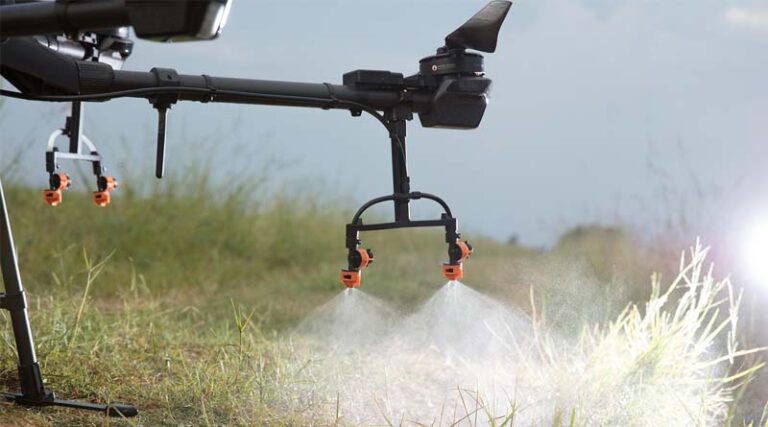
Global Agrochemical Patent Expiries in 2026: New Opportunities in Insecticides and Herbicides
13 June 2025, New Delhi: The global agrochemical market is entering another critical phase as key patent expiries are set to occur in 2026. The expiry of these patents will open doors for generic manufacturers, create competitive pricing structures, and potentially offer farmers more affordable solutions. For the year 2026, two major active ingredients — Cyantraniliprole and Pinoxaden — are scheduled to come off patent protection, reshaping two vital segments: insecticides and herbicides.
Cyantraniliprole Patent Expiry 2026: Opening Up the Lepidopteran Control Market
Cyantraniliprole, jointly developed by Corteva, FMC, and Syngenta, achieved a significant market size of USD 120 million as of 2019. Its powerful efficacy against the larvae stages of lepidopteran insects has made it a key molecule across several major crops. Besides its strong performance on chewing insects, Cyantraniliprole also demonstrates control over thrips, aphids, and other common chewing pests. Its broad-spectrum action covers important crops such as soybean, fruits and vegetables, rice, cotton, maize, pome fruits, sugarcane, potatoes, and cereals, making it one of the most versatile insecticides in recent years.
The patent expiry of Cyantraniliprole in 2026 presents a major opportunity for generic agrochemical companies to enter this lucrative segment. As market barriers reduce, farmers may benefit from lower-cost alternatives while companies innovate new formulations and combinations based on this highly effective molecule.
Pinoxaden Patent Expiry 2026: A Shift in Grass Weed Management
Another critical molecule approaching its patent expiry in 2026 is Pinoxaden, developed by Syngenta AG. With a market size of USD 421 million in 2019, Pinoxaden represents one of the most commercially valuable herbicides losing patent protection in this cycle. It is a highly selective systemic herbicide primarily used to control monocotyledonous grass weeds, including wild oats, ryegrass, and blackgrass. Its primary usage is seen in winter and spring wheat, as well as winter and spring barley, where grass weed management remains a persistent challenge.
The expiration of Pinoxaden’s patent opens up new competitive dynamics in the herbicide segment. As generic players enter, this could trigger broader accessibility for farmers seeking effective grass weed control at more affordable prices, particularly in cereals which dominate global crop production.
2026: A Year of Strategic Openings in Pest and Weed Control
With the expiry of patents on Cyantraniliprole and Pinoxaden, 2026 is poised to reshape segments of both the insecticide and herbicide markets. Generic entrants will likely increase product availability while driving price competitiveness. This shift will not only benefit large-scale farmers but also smaller producers globally who are constantly seeking cost-effective solutions against persistent pest and weed challenges.
Also Read: Bayer Launches New Insecticide ‘Bicota’ for Managing Stem Borers in Paddy
📢 Reach Farmers, Share Your Story, and Grow Your Brand!
Got news to share? A company story to highlight? Looking to launch an impactful advertising campaign? Connect with us at info@krishakjagat.org or nimishgangrade@krishakjagat.org and make your mark!
📢 Connect with 100+ Million Farmers! India’s leading farmers rely on Krishak Jagat’s Hindi website for trusted agriculture news, advisory and insights. Click here to explore!






